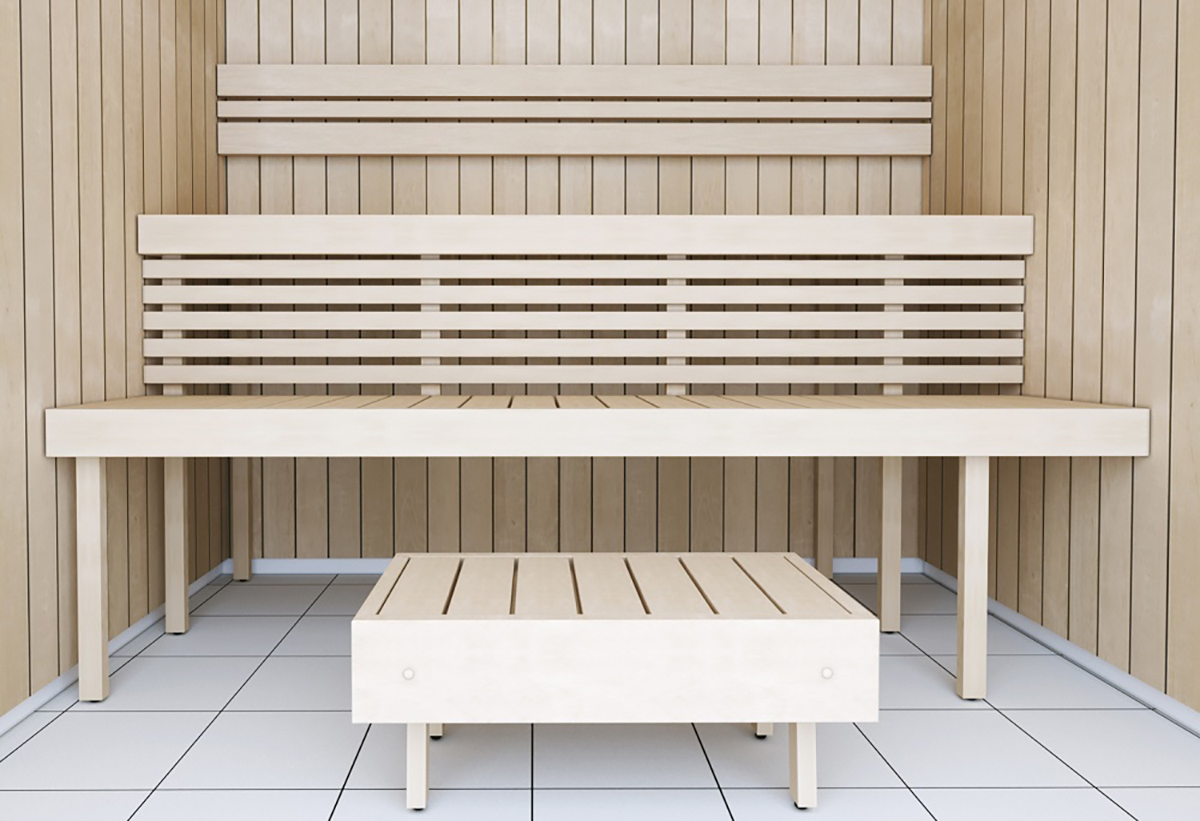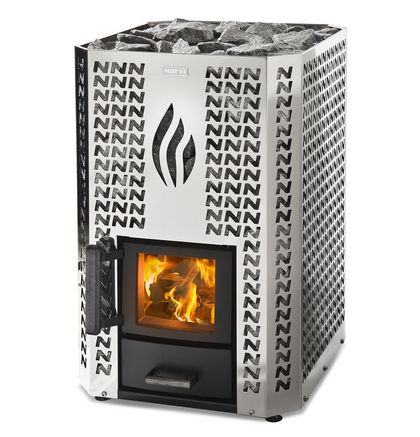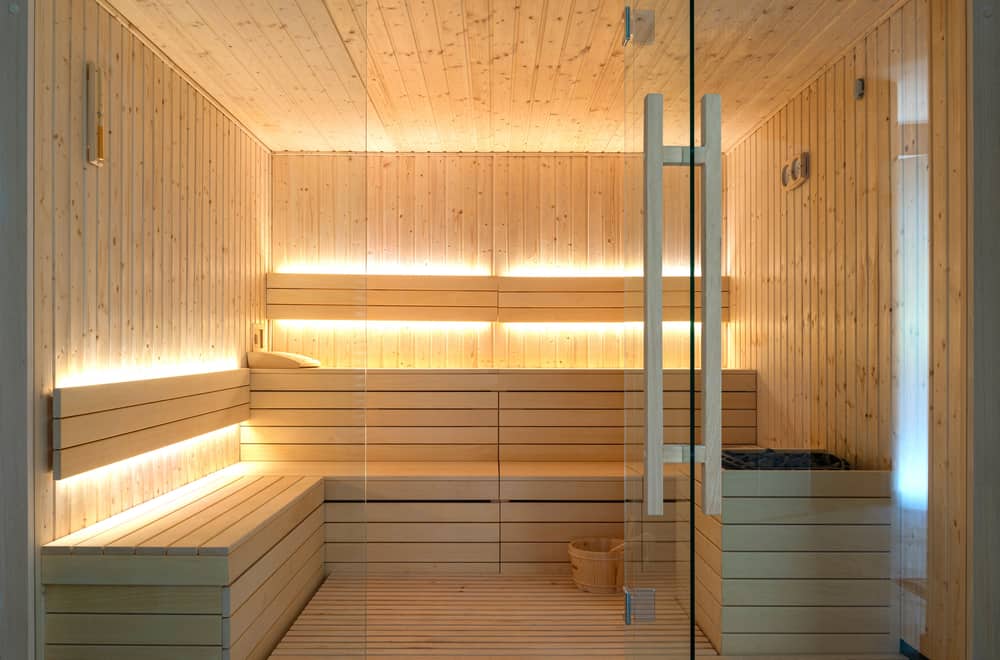At the same time, sauna lovers do not know much about the installation of saunas. Dry steam, preferably not hotter than a hundred degrees, wooden finish - that's all most people know. However, in order to install a sauna, the question arises as to how to do it, where to start. The first thing you should know: it is desirable to plan a sauna; water must be supplied to this room; so that the power cords are under the heater and lighting. A sauna heater can be both electric and wood-burning. It is believed that a Finnish sauna is a dry air sauna, but a real Finnish sauna has both moist steam, which is produced by pouring water on the stones, and sauna whisks - just like the traditional sauna we are used to. The temperature of the sauna rises to 70-110°C.
Sauna installation
Thanks to modern technologies, a sauna can be installed even at home. The only question is whether to install it yourself or to turn to specialists? If you do not have the proper experience and knowledge to install a sauna with your own hands, the installation of the sauna will take several weeks or even months. Of course, the process itself is pleasant and the result would be pleasing, but no one guarantees that the work of amateurs will be done with quality.
So, how to install a good and high-quality sauna that would last for many years. Of course, the simplest and easiest way is to contact specialists. However, if, nevertheless, you decided to install the sauna yourself, you should know how it is done and what to pay attention to. So, what should be given maximum attention:
• For the quality of the ventilation system, providing fresh air and steam;
• For the quality of the heating device;
• Sauna finishing materials;
• For the quality of electrical installation and fire safety.
If all these conditions are fulfilled, you will be able to enjoy a quality and good sauna. So, when installing a sauna, its most important elements are:
• Indoor interior. Aspen is mostly used for interior decoration, it is resistant to moisture, so it is ideal for a sauna. Experts recommend laying the floor with tiles, it is effective because even if there is no good ventilation, rot will not form, and it is also hygienic, it does not absorb microbes and fungi, as is the case with wooden floors. The tiles do not crack due to the temperature. Tempered glass doors or wooden doors with glass are becoming more and more popular in saunas. This is an ideal option for security, as you can see what is happening in the sauna.
• Stones. Of course, the type of stone plays an important role in a good sauna. The stones should be quite uneven, with a rough surface - this will ensure maximum water spillage. And, of course, the stones should be homogeneous, without cracks. If we look at the heater, we will see that there are several heating elements, between which (by size) there are stones. Stones should be placed according to a certain methodology - larger stones are placed at the bottom and smaller ones at the top. They should not be tightly packed, it is important that air can freely pass through them. Obviously, a room with a powerful heater is not safe and requires certain installation restrictions. The heater must be installed at a certain distance from the wall, in compliance with fire prevention norms and safety rules.
The higher the amount of stones in the heater, the better the quality of the steam and the longer the heat will last. Experts recommend that it is better to purchase stones for the sauna, rather than trying to collect them from nature. Because using the latter is dangerous due to the possibility that it may explode from the heat. On the market, you can find a wide variety of stones for sauna heaters, but the most important thing is that they efficiently store and give off heat and do not separate from sudden temperature changes.

• Heater. The power of the heater depends on the size of the sauna. The larger the room, the more powerful the heater will be. A properly selected sauna heater should heat up the sauna in about one hour. When choosing a wood-burning sauna heater, you need to pay attention to several important aspects: quality, economy, type of heater fuel (internal or external) and the amount of stones.
A quality heater means sufficient metal thickness, quality metal and good construction. The wall thickness of the sauna heater should be at least 5 mm. A heater with thinner walls will burn out faster and last less. The metal of the heater must be of good quality and new, because the old one will burn faster. The service life of the heater also depends on how it will be fired.
• Ventilation. The sauna heater must have an air inlet. In the lower part, there is a ventilation grill through which (using natural draft) fresh air comes out, and in order not to be blocked, the outlet is made diagonally from the heating device. In the room, the boards should be placed in such a way that air circulates freely, but not tightly. For final ventilation, a hole in the ceiling is used, the vent is temporarily closed. As you can see, it is really difficult to install a high-quality sauna yourself without the necessary knowledge. Therefore, it is best to contact specialists in this field. They will install the sauna not only quickly, qualitatively, but also beautifully. When contacting the craftsmen, they guarantee the complete safety of the sauna. In addition, their projects will be optimally adapted to your wishes and possibilities.
Today's sauna construction and installation market is very rich. The most important thing is to know what you need and make the right choice.

